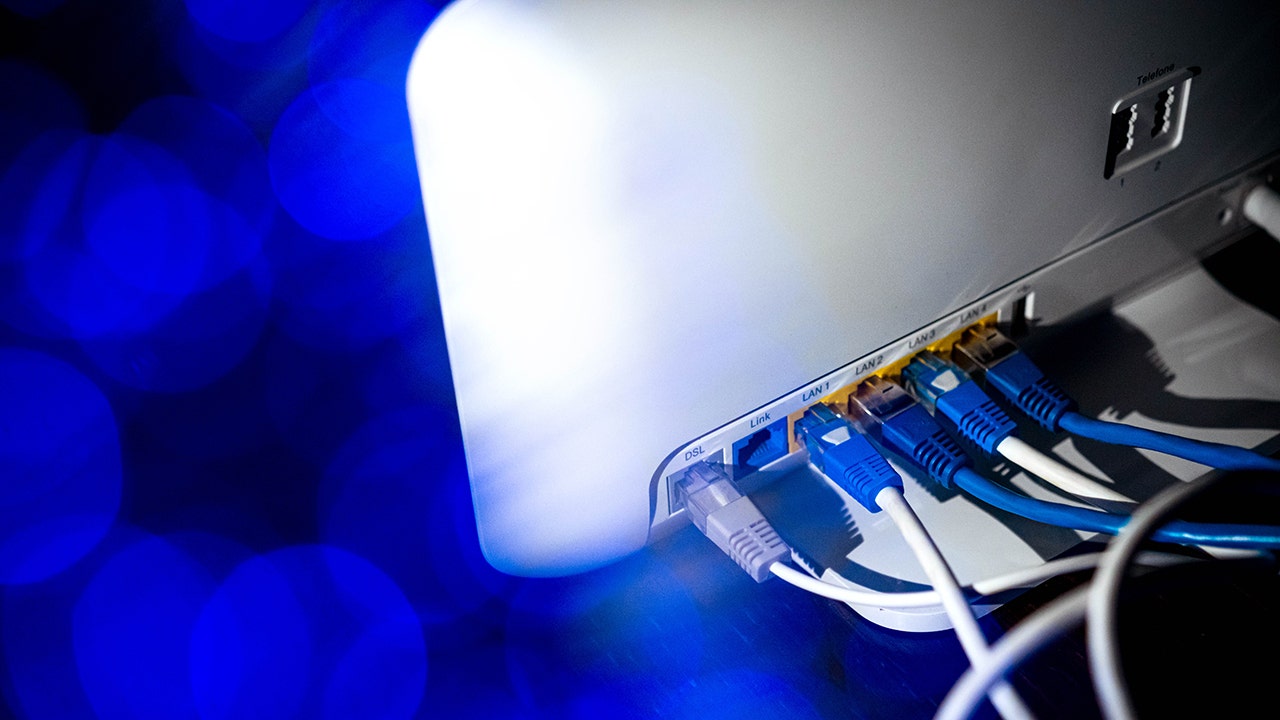Dalhousie researchers design low-cost device that can help fight water scarcity

A unique dome-shaped device floating in Halifax’s Northwest Arm may look like a simple buoy at first glance, but it is actually a groundbreaking contraption designed to convert ocean water into fresh, drinkable water. This innovative device, created by two researchers from Dalhousie University, is made from recycled tires and other affordable materials, making it a low-cost and environmentally sustainable solution for obtaining clean water.
Mita Dasog, an associate professor in Dalhousie’s chemistry department, explained that the main goal of this project was to develop a device that is both cost-effective and self-sufficient. With approximately 2.2 billion people worldwide lacking access to safe drinking water, the need for innovative solutions like this has never been greater.
Dasog highlighted the challenges of converting saltwater into freshwater, citing the energy-intensive nature of traditional desalination processes. The device utilizes solar power, making it eco-friendly and suitable for communities without access to electricity. By using cotton wicks to absorb ocean water and transporting it to the dome, the system efficiently converts saltwater into freshwater through a unique process involving powdered titanium carbide made from recycled tires.
Matthew Margeson, the co-researcher of the project, demonstrated the device’s capabilities by leaving it on the shore of Horseshoe Island Park for a few hours. The dome collects the evaporated freshwater condensate in a sealed bag, producing up to 3.5 liters of water per day – enough to sustain an individual. Margeson emphasized that the current model is designed to meet the daily water needs of one person.
Remarkably, all the materials required to build this device cost a mere $5, with the incorporation of waste tire rubbers further reducing expenses. Dasog pointed out that the device not only desalinates the water but also disinfects and decontaminates it for less than one cent per liter. This cost-effective and renewable method of water purification is particularly crucial for countries facing water scarcity and limited access to energy resources.
After successfully passing tests in Nova Scotia waters, the next phase involves testing the device in South Asia to assess its effectiveness in a real community setting. This innovative solution has the potential to revolutionize access to clean water in regions where it is desperately needed, offering hope for a more sustainable future.




